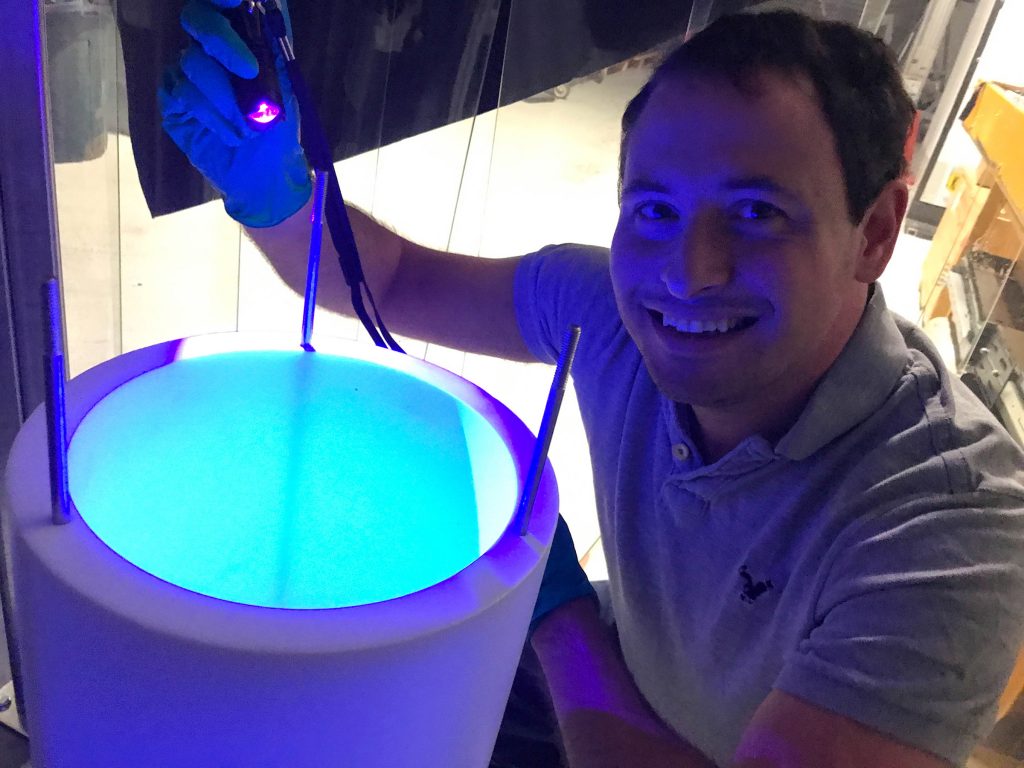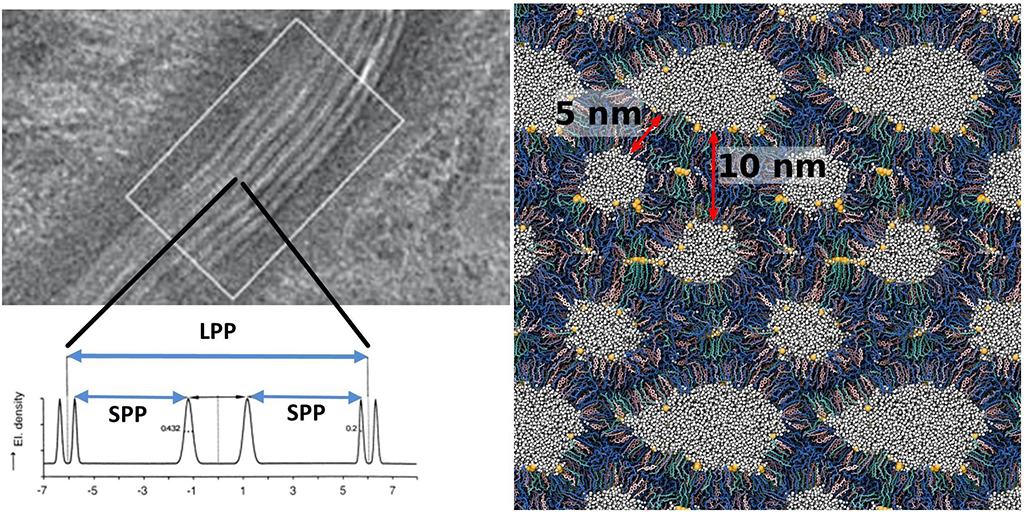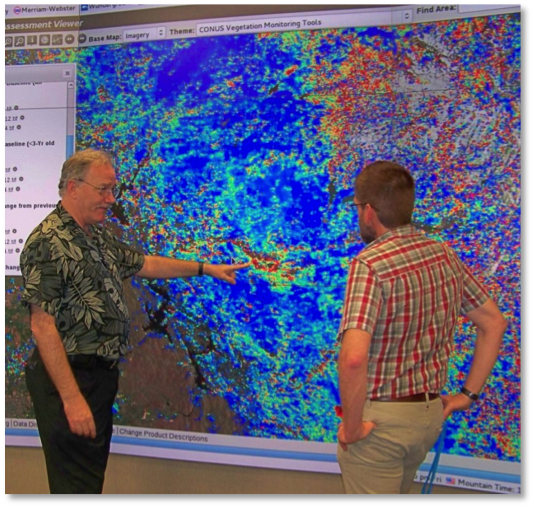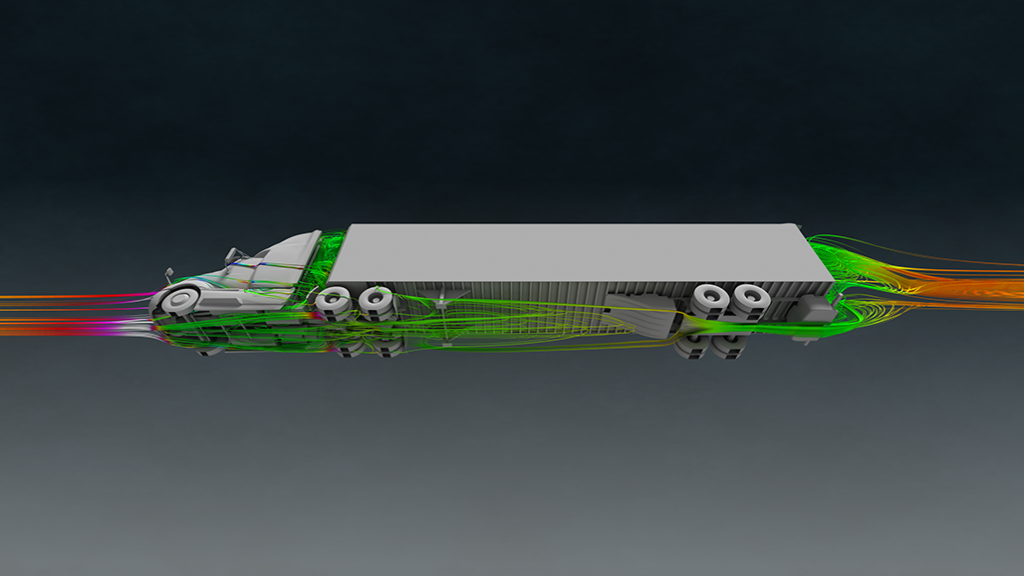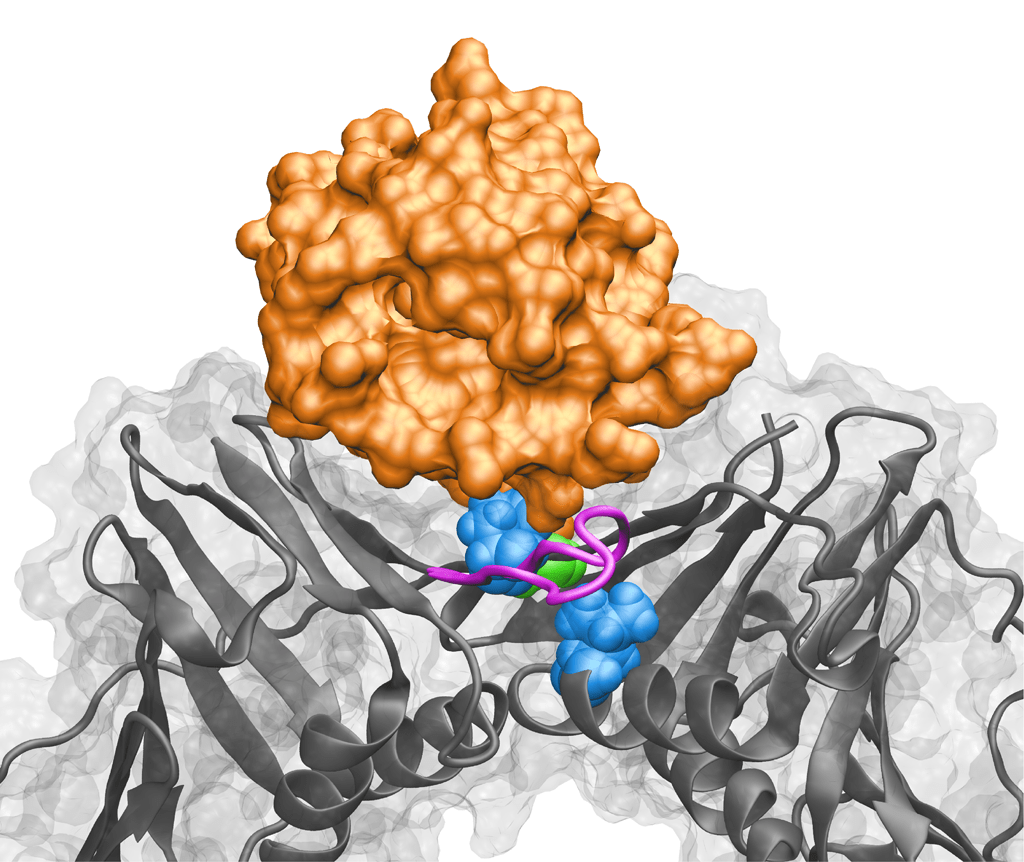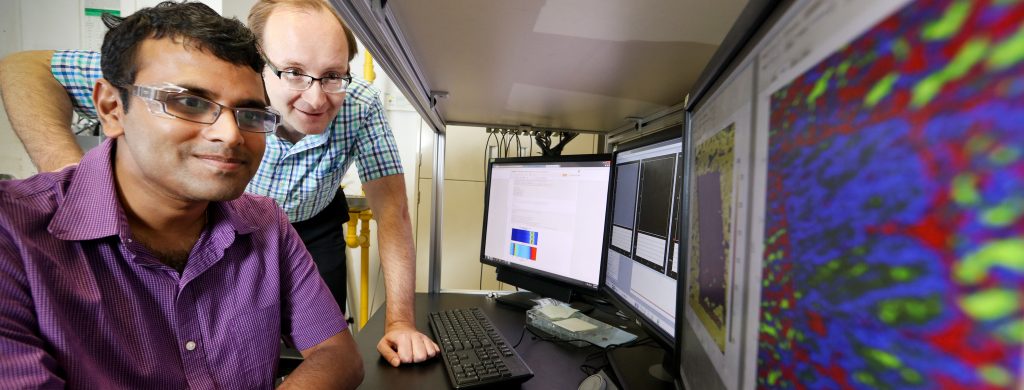
At the Department of Energy’s Oak Ridge National Laboratory, scientists use artificial intelligence, or AI, to accelerate the discovery and development of materials for energy and information technologies. “AI gives scientists the ability to extract insights from an ever-expanding volume of data,” said David Womble, ORNL’s AI program director. “New AI…
Dawn LevyMay 5, 2021


